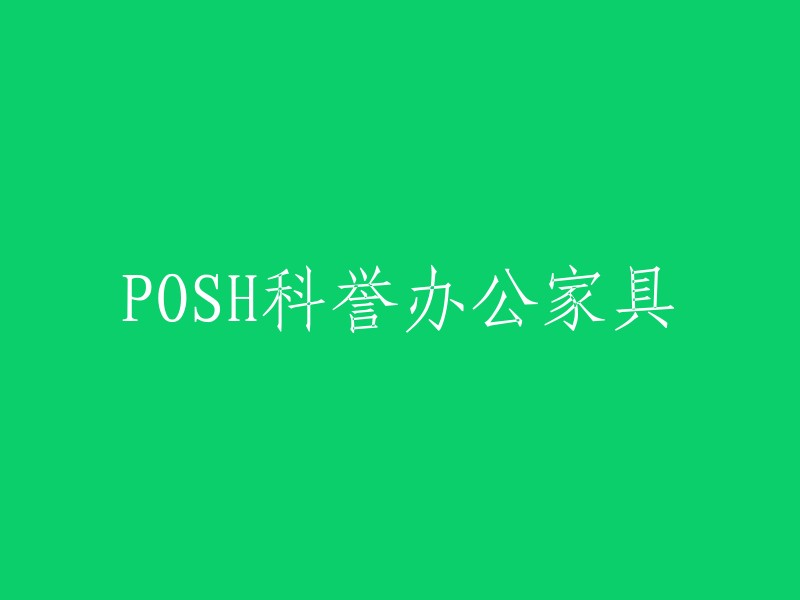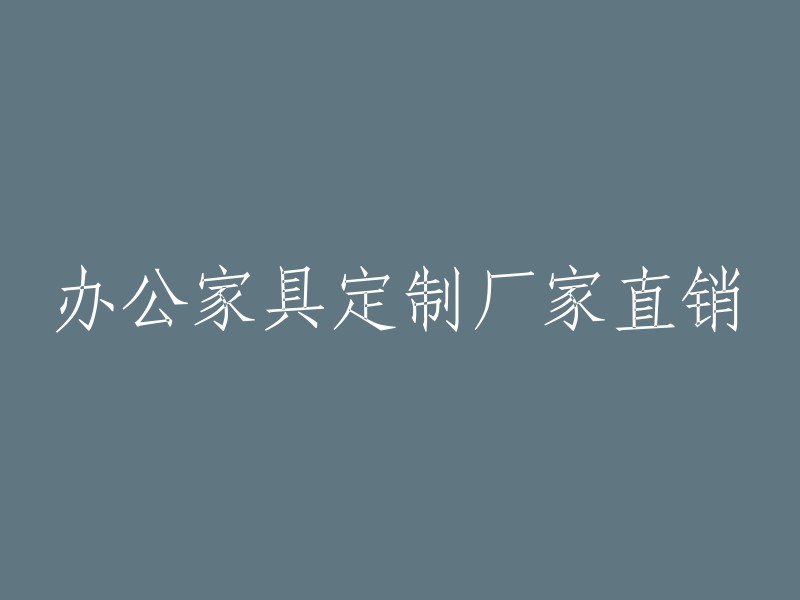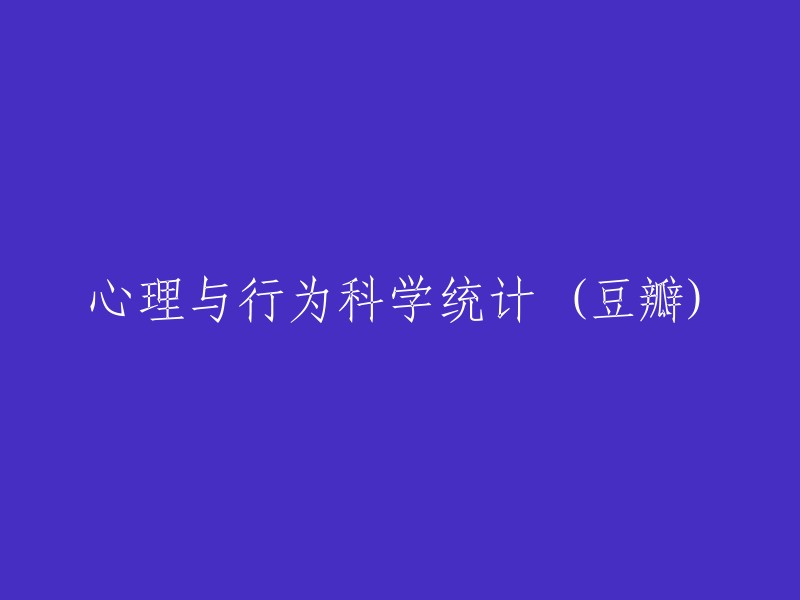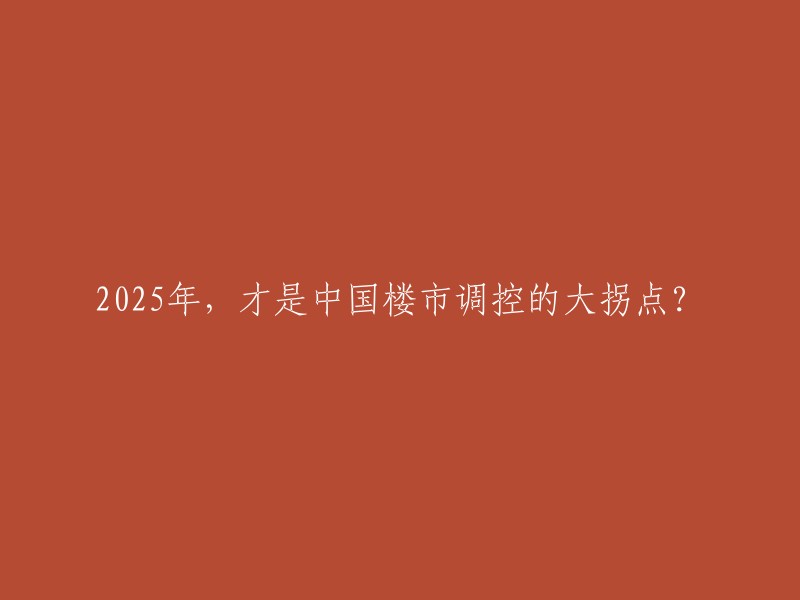MeasureSpec的理解和源码的解析
MeasureSpec是Android视图测量过程中的核心概念,用于确定视图的尺寸。它的本质是一个32位整数,其中高两位表示测量模式(SpecMode),低30位表示测量大小(SpecSize)。MeasureSpec提供了三种主要的测量模式:MeasureSpec.EXACTLY、MeasureSpec.AT_MOST和MeasureSpec.UNSPECIFIED。
1. MeasureSpec.EXACTLY:这种模式表示父容器已经决定了子视图的确切尺寸。当子视图的LayoutParams设置为具体数值(如像素值)或`match_parent`时,会触发此模式。在这种情况下,无论父容器的MeasureSpec如何,对于设置了具体数值的子视图,其specMode始终为MeasureSpec.EXACTLY,specSize则等于视图设定的大小。如果LayoutParams为`match_parent`,specSize将等于父容器的剩余空间大小。
2. MeasureSpec.AT_MOST:AT_MOST模式意味着子视图可以尽可能大,但不能超过父容器给出的最大限制。例如,当子视图的LayoutParams设置为`wrap_content`,并且父容器的MeasureSpec是MeasureSpec.AT_MOST时,子视图将根据自己的内容来决定大小,但不能超过父容器给出的最大边界。在这种模式下,specMode为MeasureSpec.AT_MOST,specSize为父容器提供的最大尺寸。
3. MeasureSpec.UNSPECIFIED:这种模式表示子视图的大小可以是任意值,只要不超过父容器的剩余空间即可。在这种模式下,specMode为MeasureSpec.UNSPECIFIED,specSize为父容器的剩余空间大小。
实例详解:
```java
package cc.ww;
import android.view.View;
import android.view.View.MeasureSpec;
import android.view.ViewGroup.LayoutParams;
import android.view.ViewGroup.MarginLayoutParams;
import android.widget.LinearLayout;
/**
* @author http://blog.csdn.n
*/
public class MeasureSpecDemo extends LinearLayout {
public MeasureSpecDemo(Context context) {
super(context);
}
@Override
protected void onMeasure(int widthMeasureSpec, int heightMeasureSpec) {
// 获取父布局的MeasureSpec
int parentWidthMeasureSpec = MeasureSpec.getSize(widthMeasureSpec);
int parentHeightMeasureSpec = MeasureSpec.getSize(heightMeasureSpec);
// 根据不同的测量模式进行计算
if (/* 使用具体的宽度 */) {
setMeasuredDimension(/* 具体宽度 */, /* 具体高度 */);
} else if (/* 使用最大宽度 */) {
setMeasuredDimension(Math.min(parentWidthMeasureSpec, /* 最大宽度 */), getPreferredHeight());
} else if (/* 使用最大高度 */) {
setMeasuredDimension(getPreferredWidth(), Math.min(parentHeightMeasureSpec, /* 最大高度 */));
} else {
setMeasuredDimension(getPreferredWidth(), getPreferredHeight());
}
}
}
```
UNSPECIFIED模式是最宽松的,表示父容器对子视图的大小没有任何要求,子视图可以根据自己的需求自由决定大小。在实际开发中,这种模式并不常见,但在某些情况下,比如在视图首次加载或视图树的初始化阶段可能会遇到。
当父容器需要测量其子视图时,首先会进行自身测量,然后根据自身的MeasureSpec和LayoutParams来为子视图提供测量规格。子视图接收到MeasureSpec后,会调用`onMeasure()`方法,根据specMode和specSize来计算自己的理想尺寸。这个过程通常涉及到递归的测量,因为子视图可能还有自己的子视图需要测量。
源码解析:
MeasureSpec类提供了一些静态方法来创建和解析MeasureSpec对象。例如,可以通过`MeasureSpec.makeMeasureSpec(int size, int mode)`方法创建一个MeasureSpec对象,其中size参数是测量大小,mode参数是测量模式。同时,`MeasureSpec.getMode(int measureSpec)`和`MeasureSpec.getSize(int measureSpec)`分别用于获取MeasureSpec中的模式和大小。
在自定义视图时,了解和使用MeasureSpec非常重要,因为它决定了视图的布局和尺寸计算。开发者需要根据MeasureSpec提供的信息来调整视图的大小,以确保视图在不同屏幕尺寸和布局条件下正确显示。通过深入理解MeasureSpec的工作原理,可以更好地优化应用的性能和用户体验。以下是一个简单的示例代码:
```java
public class CustomView extends View {
public CustomView(Context context) {
super(context);
}
public CustomView(Context context, AttributeSet attrs) {
super(context, attrs);
}
public CustomView(Context context, AttributeSet attrs, int defStyleAttr) {
super(context, attrs, defStyleAttr);
}
@Override
protected void onMeasure(int widthMeasureSpec, int heightMeasureSpec) {
int parentWidth = MeasureSpec.getSize(widthMeasureSpec);
int parentHeight = MeasureSpec.getSize(heightMeasureSpec);
int childWidth;
int childHeight;
// 根据父容器和子视图的需求计算子视图的理想尺寸
if (/* 需要填充整个父容器 */) {
childWidth = parentWidth;
childHeight = parentHeight;
} else if (/* 需要填充整个父容器的高度 */) {
childWidth = parentWidth;
childHeight = parentHeight * /* 高度比例 */;
} else if (/* 需要填充整个父容器的宽度 */) {
childWidth = parentWidth * /* 宽度比例 */;
childHeight = parentHeight;
} else {
// 其他情况,子视图按照其需求自由定义尺寸
int childMode = MeasureSpec.getMode(widthMeasureSpec);
int childSize = MeasureSpec.getSize(widthMeasureSpec);
childWidth = resolveSize(childMode, childSize);
int childMode2 = MeasureSpec.getMode(heightMeasureSpec);
int childSize2 = MeasureSpec.getSize(heightMeasureSpec);
childHeight = resolveSize(childMode2, childSize2);
}
// 将子视图的尺寸传递给布局管理器进行定位和布局
setMeasuredDimension(childWidth, childHeight);
}
}
```






